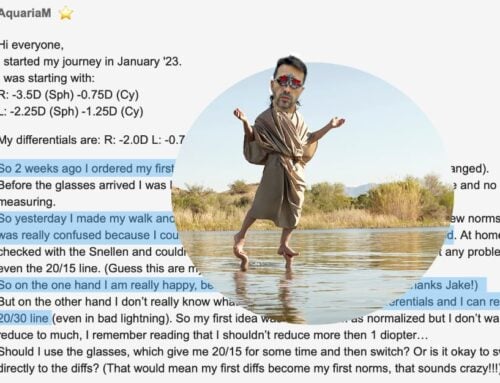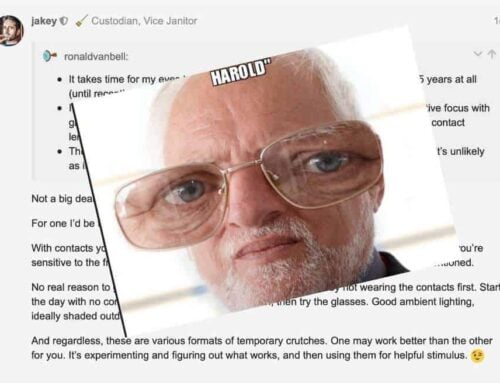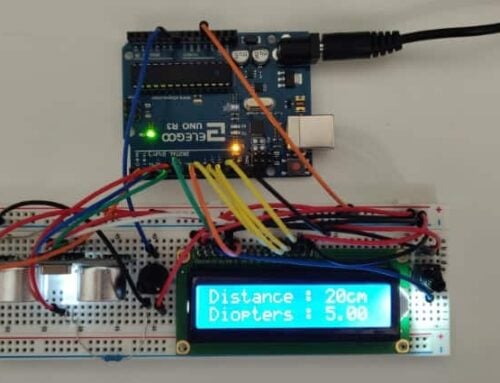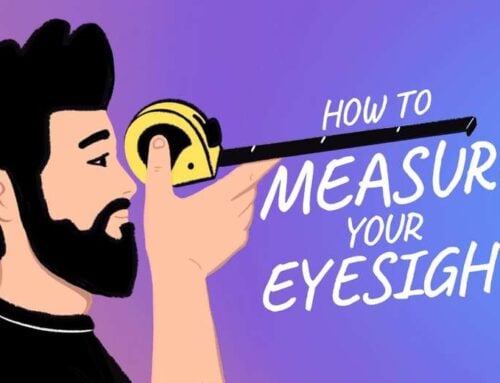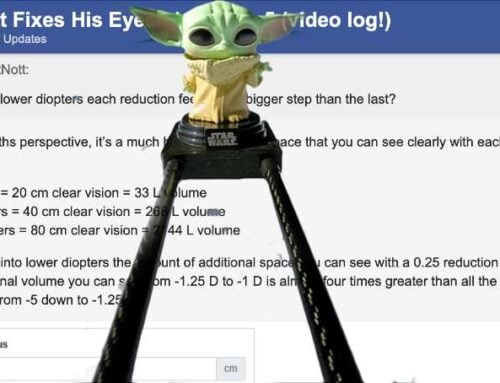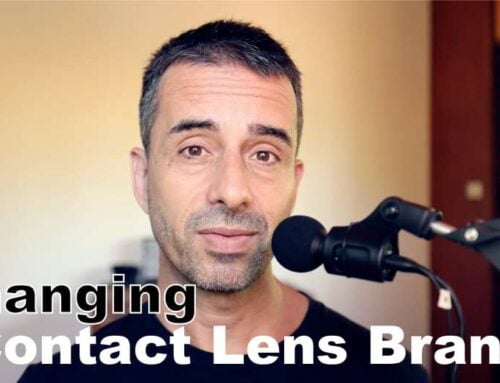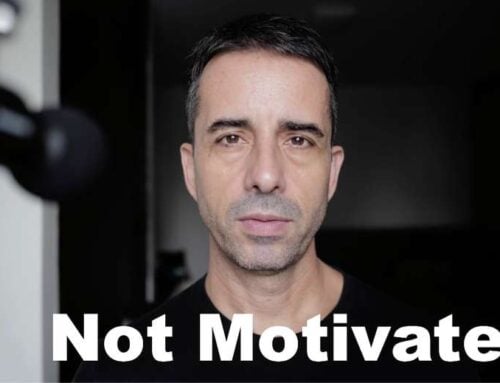Latest update and video, in the Daily Beard:
https://endmyopia.org/progressive-lenses-for-myopia-control/
Previous Update: Now there’s a video version of this post (though you should still read it):
New camera. Fanciness.
I admit that rehabilitating your eyesight can be a just a little bit inconvenient.
I tell you to stop wearing those massive distance prescriptions, while using your computer. I ask you to get a lower prescription for close-up use. And then we have to take breaks, no uninterrupted all-day staring at a screen. And then there is the nuisance of getting outdoors. Working on focus, getting a healthy distance from objects. It is certainly a bit of a project, getting new, healthier habits for your eyes.
What new clients first try to get around, is having to carry around multiple glasses.
They understand the basic principle: If you don’t want to destroy your eyesight, you can’t wear your full minus prescription, while you are focused up-close.
Children, more so even than adults, can be difficult to motivate for this (at first, maybe just in the first few weeks).
So parents like to suggest bi-focals, to cover the close-up portion. (I previously posted an article on why you don’t want to use bi-focal lenses for your children – find it here).
That’s bi-focals. Nowadays though, we have progressive lenses, a more refined version of the bi-focal.
So the (unfortunately misguided) idea is this: Instead of getting two pairs of glasses – one for close-up and one for distance, you could get a single multi focus lens prescription, and be all covered.
The other day, I got another e-mail, on this topic:
The gentleman has a progressive lens prescription, reduced by two diopters for the close-up portion. His optometrist is definitely a keeper, at least in spirit. The idea is that without having to change glasses, you can simply reduce your prescription strength (by the generally appropriate two diopters), by looking down.
Sounds beautiful, as a solution to avoiding the close-up troubles with your glasses.
Here is the problem with all of this theory:
People reading. Notice the common theme: Everybody is looking down. Down to read.
While this is not always true, by any stretch, it is common. And the bi-focal as well as progressive lenses are designed exactly with that in mind – expecting that you will look down. More so than any of this, consider the original design intention of these types of lenses:
They were meant for people who don’t see well at a distance (the correction in the top portion of the lens to fix that) and don’t see well up-close, either (the correction in the bottom lens in turn, to fix that).
So if you can’t see well far, and have a progressive lens, you will look up regardless, since that is the only part of the lens that you can see through, well enough.
I imagine you get where I am going with this, already:
That same person will look down through that multifocal lens when they read, because otherwise they can’t see clearly, up close!
So besides the natural tendency, the need to see clearly makes those people use the lenses correctly.
Not so, in our rehabilitative scenario:
You can always see better, through the higher prescription part of the lens. since you are not hyperopic (you can see fine up close, and better yet with a stronger minus prescription).
So, now this person, while focused on the task at hand, is not really incentivized to look through the lower part of their prescription, at all.
Problem starts there.
But then, wait, there is more …
Here we have some people looking at computer screens:
Notice the trend?
People tend to look straight ahead when looking at computer screens.
Not always, of course, but that is the common theme.
And looking straight means that you get the high part of the prescription, the part you are trying to avoid when you focus up-close. The multi-focal lenses make it too easy for your eyes to cheat, while you are distracted by working.
So, should we take a multi focal lens, such a perfect solution in theory for our multi-prescription rehabilitative needs, and actually use it? Should we take this shortcut, instead of listening to Alex, and buy two separate prescriptions?
No way around it. It takes two prescriptions, to protect your eyesight health.
In summary, two prohibitive issues with progressive lenses:
1. Our eyesight issue is not what the lens was designed for, hence our eyes will circumvent the ‘crutch’ (lower prescription) part of the lens, when we don’t consciously pay attention.
2. We are not reading, we are looking at computer screens. We are far more likely to look straight ahead, than down.
***
This is why we may never run out of topics for this blog. There is always some new possibility to discuss, and countless ways we can accelerate or (inadvertently) sabotage our eyesight improvement.
Besides all of the above, the need for two prescriptions just means you can get some cool reading glasses frames (or whatever else you might enjoy), for your close-up use!
Update: See my progressives vs bifocal lenses post.
And see my more recent post including a reader update, switching away from progressive lens glasses.
Cheers,
-Jake






